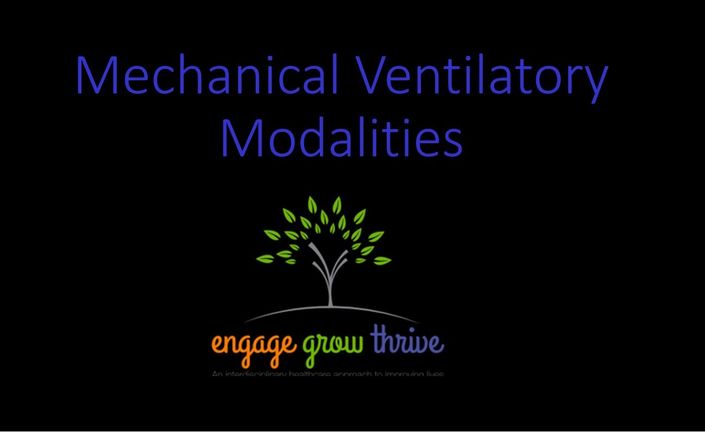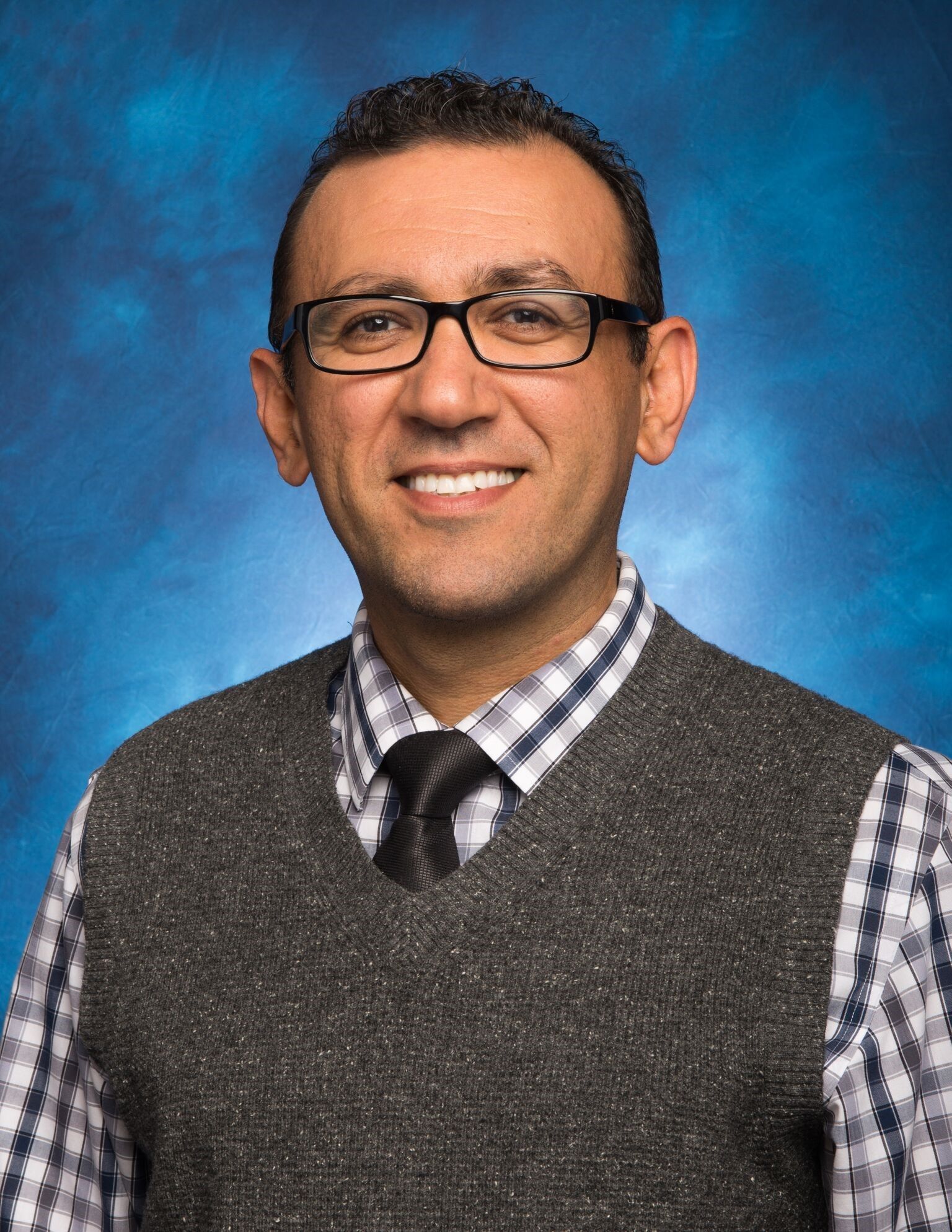
Mechanical Ventilatory Modalities
Various modes of ventilation have been utilized in the preterm neonatal population for decades. Although the mechanism of action may differ, the primary goals are similar: provide effective gas exchange and minimize lung injury. The various modes of invasive ventilation will be presented with evidence for each and clinical application strategies.
Objectives:
1. Compare and Contrast the different modes of invasive conventional mechanical ventilation for infants.
2. Discuss the differences between conventional and high frequency ventilation.
3. Describe in which disease process high frequency ventilation could potentially be of most benefit.
Total CE: 1.1
NCC Code NNP 2 or 7
NCC Code NIC 1 or 7
NCC Code LRN 3 or 7
Rx = 0
*This presentation was included in the Small Baby Care Specialist® Program
Last updated: October, 2021
Your Instructor

Dr. Antoine Soliman is a neonatologist who is passionate about the care of extremely low birth weight premature infants. He received his medical degree from Penn State University College of Medicine, and his residency and fellowship training at University of California Los Angeles/Cedars Sinai Medical Center. He is currently the Medical Director of Neonatal Intensive Care at Miller Children’s and Women’s Hospital in Long Beach, California. His longstanding interests for innovative delivery models in medicine fueled the drive to search for better ways to care for the smallest and sickest infants in the nursery. Working alongside other progressive leaders in Orange County, Dr Soliman helped develop The Small Baby Unit, an exciting recognized work that helped improve the outcomes of these fragile newborns.
Believing that this unique approach is promising, he continued to build on the model of team based care with evidence driven guidelines in a dedicated environment, at a large tertiary children’s hospital NICU. In addition to quality improvement, as an Associate Professor of Pediatrics at University of California Irvine he serves as a mentor and educator of trainee physicians. He is actively involved in scientific investigative projects, and is also a member of several local and national collaboratives dedicated to patient safety and quality improvement in neonatal perinatal medicine.
Course Curriculum
-
StartInstructions
-
StartMechanical Ventilatory Modalities Handouts
-
StartMechanical Ventilatory Modalities Part 1 (15:29)
-
StartMechanical Ventilatory Modalities Part 2 (10:58)
-
StartMechanical Ventilatory Modalities Part 3 (11:27)
-
StartMechanical Ventilatory Modalities Part 4 (17:01)
-
StartMechanical Ventilatory Modalities Suggested Reading
-
StartEvaluation